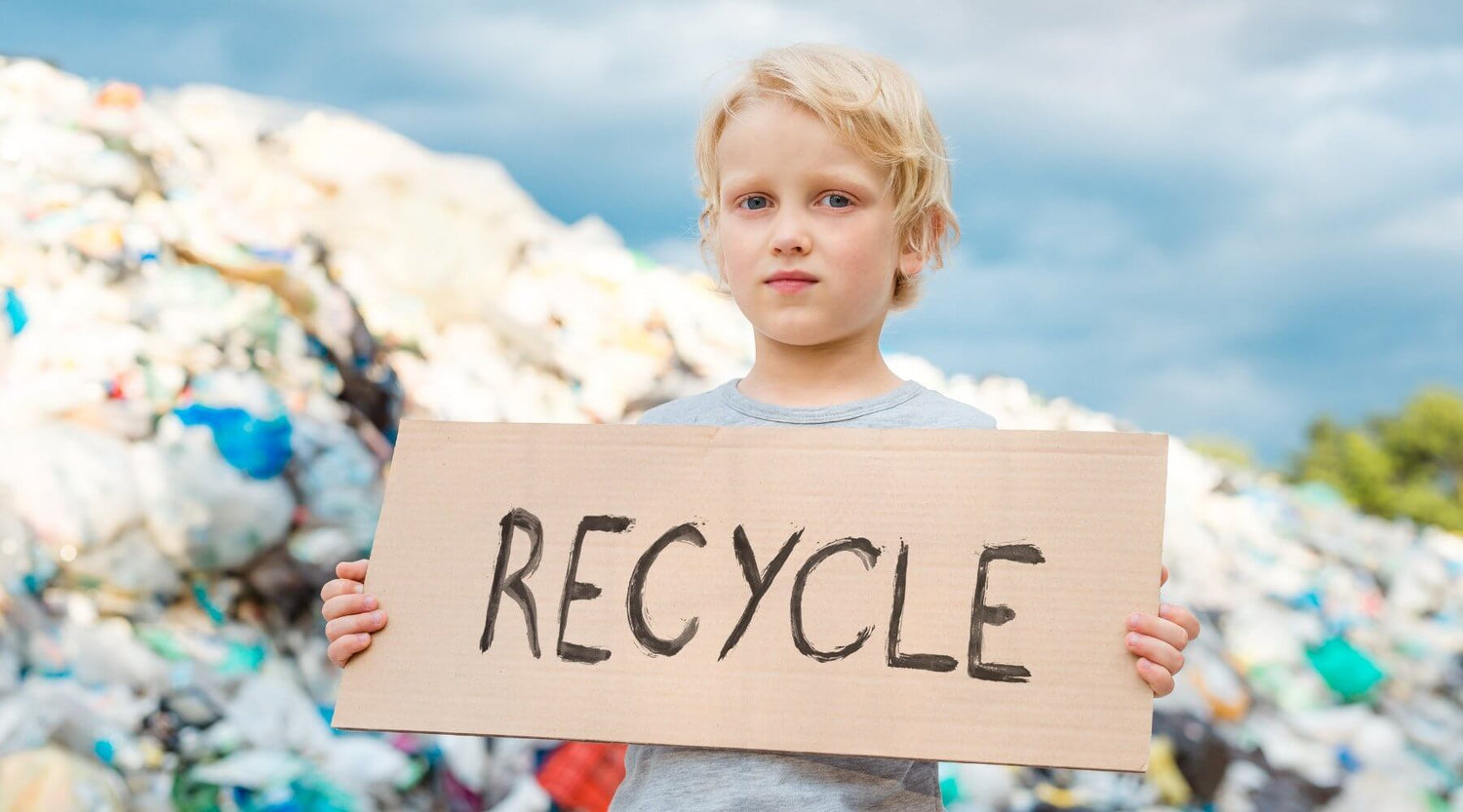
How to recycle more and reduce contamination
If you’ve been on a ‘going green’ kick, you will have already seen our beginners guide to going zero-waste. But what about when it comes to recycling? . Recycling contamination is a serious issue in the UK (check out our blog on it).
Step up your green game with these helpful tips
1. Keep it clean
Make sure that food residue is washed off any containers before. We know, we know, it’s a bit of extra work. But it doesn’t take long and you’ll feel happy that your waste isn’t going off to landfill.
2. The rules of separation
Get separate bins for paper and cardboard, cans and tins, bottles and jars. Make sure that you are putting the right items in the right bins. This will mean that they are easily processed once they get to the recycling plant and you’ll avoid contamination.
3. Don’t bin the bag!
If you haven’t got the space for multiple bins, don’t be tempted to fill a plastic bag with recyclables and then lob the whole lot in the recycling bin. Recycling in plastic bags or bin liners is considered contaminated. It will be rejected at the recycling plant. Check with your local supermarket for plastic bag recycling.
4. Plastic policies.
Get to know which plastics are and are not recyclable. It’s a good idea to check with your local council or recycling plant, which plastics they will and won’t be able to recycle.
5. Take out the take out
Avoid putting take out food boxes in your recycling. Greasy cardboard or paper can’t be recycled. A tip with pizza boxes: cut them in half and compost the greasy half and recycle the clean one!
6. Crisp packets
Most households don’t realise that these aren’t recyclable with most kerbside recycling. Check your local supermarket recycling scheme or with Terracycle, otherwise these need to go in your general waste - spread the word!
7. Paper trails
As it turns out, receipts are a bit of an environmental nightmare. They are usually made with thermal paper, which is not recyclable. Look out for the telltale shiny sheen on your receipts before putting them in with your paper.
8. Electrical shock!
It’s now much easier to recycle your electrical items from the comfort of your own home! Schemes like TechTakeback are growing in popularity meaning much less going to landfill! Some local authorities will even do kerbside collections.
9. Crushing it
Squash it, squish it and crush it to save on space and get as much of your waste as possible in those bins!
10. Share the knowledge!
If you have read Recycling: The real cost of contamination, you’ll know that there is a need for good communication and transparency around good recycling practices. Tell your friends, your family, your colleagues. Help spread the word so that we can all step it up together!
LIKE WHAT YOU'VE READ?
Use the links below👇 to share with your community on social media.
Let customers speak for us
from 1961 reviewsGreat little toothpaste travel tin.

I have very sensitive teeth and so far this is working really well. I've been using for about a month now and can't wait to see the progress at my next dental visit.

Absolutely love this toothpaste
Never get any stains on my teeth,everyone comments how white my teeth look,I was told I had gum disease,I no longer have bleeding gums and no problems at all with my teeth or gums

Amazing - gentle on my gums, leaves everything feeling clean, and sensitivity low. Plus the jar is going to last ages. Thank you :)

I've had some trouble with my gums and being really run down, and this mouthwash has really helped - super minty too, certainly wakes me up

Good size jar of paste that’ll last quite a while, pleasant flavour and texture, and most importantly it is helping to remineralise my teeth! I have very sensitive teeth and so far so good. No sensitivity issues.

Was so impressed by the Taste, Zero-waste, Gum-improvements, Clean-teeth-feeling and Value-4-money, that I reordered 2 new jars of Truthpaste, different flavours. Excellent switch from Std Toothpastes I've used over 40years!!!

This is the best fennel toothpaste I have ever tried. It leaves your teeth feeling so clean and your mouth so fresh. I have tried others in the past but they do not compare with this one. Thank you Truth !

Quick review from a happy customer, prompt delivery, excellent product.
Thank you.

An immediate improvement with regards to the unpleasant tingling which I have experienced when cleaning my teeth for sometime now.

I use it with the charcoal toothpaste and my teeth are getting whiter and less sensitive.

Works great with the re-mineraliser, whited my teeth with only a couple of uses.

Dentist said my teeth & gum health are much improved since using this




Leave a comment